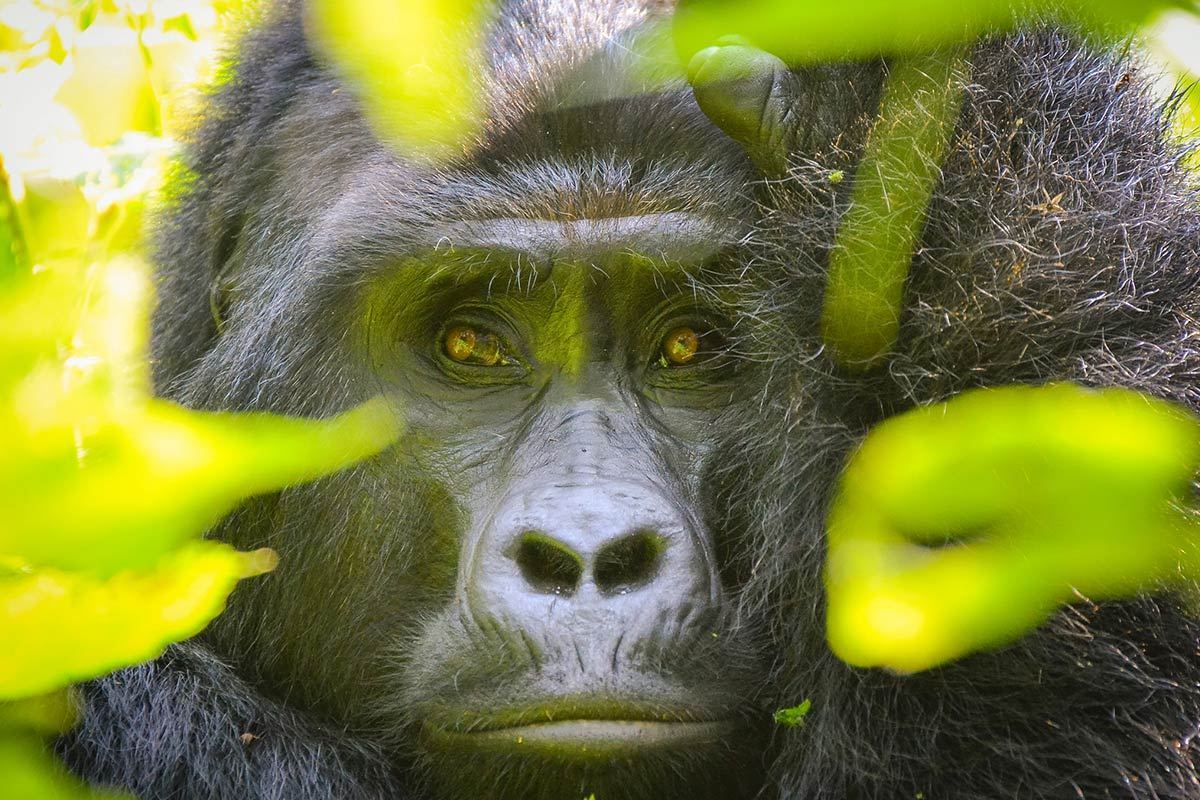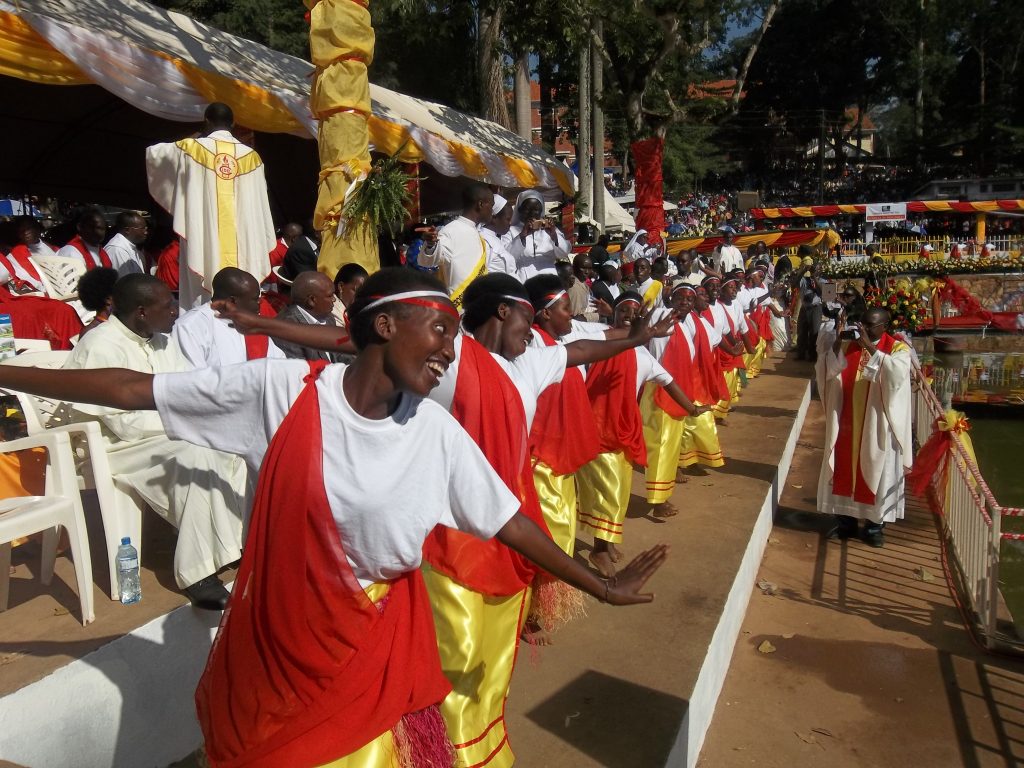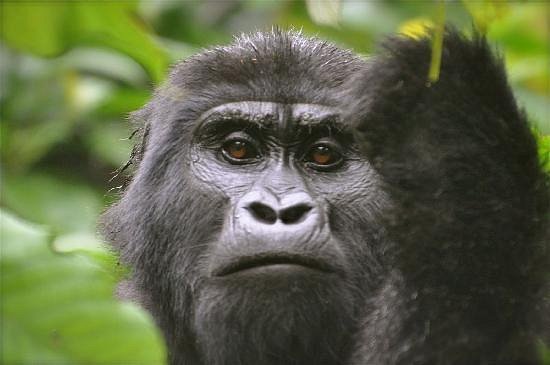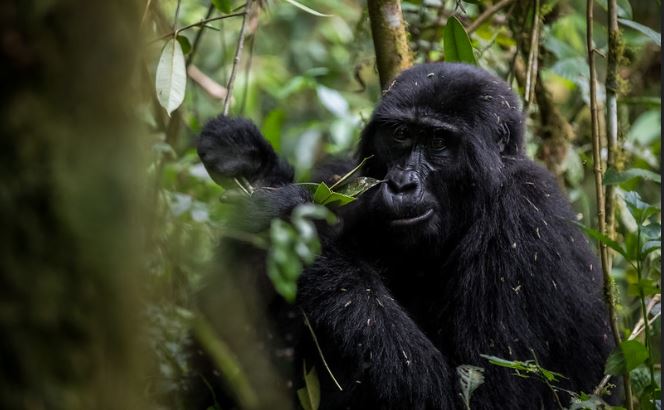Namugongo Martyrs Shrine Re-Opens its Gates to Pilgrims - Uganda Namugongo Martyrs shrine re-opens its…

How Bwindi Gorilla Families Are Allocated
How Bwindi Gorilla Families Are Allocated
For any primate lover and enthusiastic gorilla trekker, knowing how mountain gorilla families are allocated is one of the most important preparations for an unforgettable safari. First, it should be noted that Bwindi Mountain gorillas live in different places, with some occupying the higher elevations hence very challenging to trek and reach while others in the areas of lower elevations are thus easier to trek. Because families of these Giant Apes occupy varying locations, finding them comes along with different challenges with some requiring moderate levels of fitness and others just basic fitness levels. For this reason, trekking time usually lasts between half an hour and several hours (sometimes totaling 6 hours).
On how Bwindi Gorilla Families are allocated, is usually based on participants’ level of physical fitness, age, and personal interests but because mountain gorillas are wild animals living in their natural habitats, it’s not a guarantee that they will be found within the same time as the previous day. Besides, they are always on the move, finding food and a more convenient place for resting (during noon) and finally building nests in the evening.
Permits for Bwindi were in the past issued directly to gorilla groups/families, owing to the abundance of information on individual families on the internet whereby visitors would freely select the group based on the provided information. This has recently changed because certain gorilla groups were favored while others were left out. For this reason, gorilla permits are allocated to trekking sectors/regions, while putting into consideration the visitors’ interests, age, as well as physical fitness and travelers, are introduced to Nkuringo and Rushaga sectors in the southern end, Buhoma sector in the northern side and Ruhija sector in the Eastern end.
Travelers, therefore, are placed into one of the amazing trekking sectors/regions for achieving the dream of meeting face to face with the Giant Apes instead of the habituated gorilla group. Allocation into particular gorilla families is done on the actual trekking day and follows the mandatory briefing of travelers on the dos and don’ts of gorilla trekking adventures. Make your personal interests, age bracket, and even fitness levels known to allow Park Rangers to allocate you to the most convenient gorilla group. However, don’t forget that Bwindi Impenetrable National Park is generally densely forested (actually the densest of the four Gorilla Parks), has rugged terrains and extremely steep slopes thus there is a need to be prepared for anything.

Gorilla treks take 30 minutes to about 6 hours but would have taken longer if not for the trackers who normally venture into the jungles to search for the location of the allocated mountain gorilla group based on nests of the previous night and keep in constant communication with Ranger guides via Radio calls. This reduces the duration of gorilla treks. Two main factors have to be considered when allocating Bwindi Gorilla Groups/families and these include;
Places of stay
Bwindi National Park is a tricky Gorilla Trekking destination whereby gorilla treks are done in sectors/regions and for convenience purposes, travelers are advised to book accommodation facilities within the sector of trekking the mountain gorillas to avoid driving for several hours to get to the starting point in another sector.
Availability of Gorilla permits
Some Bwindi Gorilla Groups become booked faster than others and therefore you might end up being placed in another available group instead of the one you desire if it is not yet maximally booked. Permits cost only $700 per person for the foreign non-resident travelers while the foreign resident and East African travelers are charged $600 and Shs. 250,000 per person respectively.
What are the best months to see Bwindi Gorillas?
Bwindi Gorillas are seen in all months of the year, but the best ones to see them are January, February, June, July, August, September, and December when rains are lower and forest trails are drier and less challenging for visitors to maneuver through. This is different from the wet months of March, April, May, October, and November where heavy downpours are experienced thus making forest trails wetter, muddy, messier, and slippery to walk through. This is one of the reasons why these months are avoided
Know Bwindi Gorilla Groups in all sectors
The four sectors of Bwindi are Rushaga (with the highest number of gorilla families), Nkuringo, Ruhija, and Buhoma. The oldest and most popular group in Buhoma and shelters four families that are Katwe, Mubare, Habinyanja, and Rushegura. Nkuringo sector has only three groups that are Nkuringo, Christmas, and Bushaho while Ruhija is home to four groups that include Kyaguliro, Bitukura, Oruzogo, and Mukiza. Rushaga is where Nshongi, Mucunguzi, Rwigi, Busingye, Mishaya, Kutu, Kahungye, Bweza, and Bikingi Groups are found.



